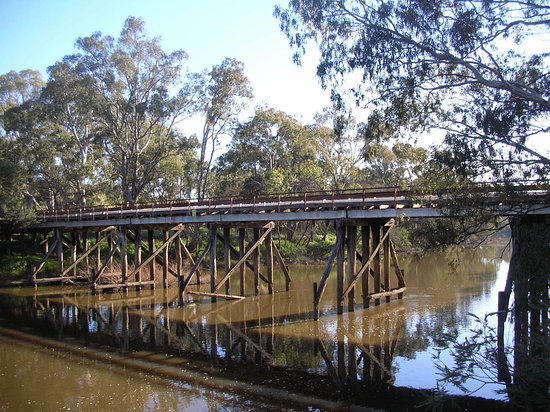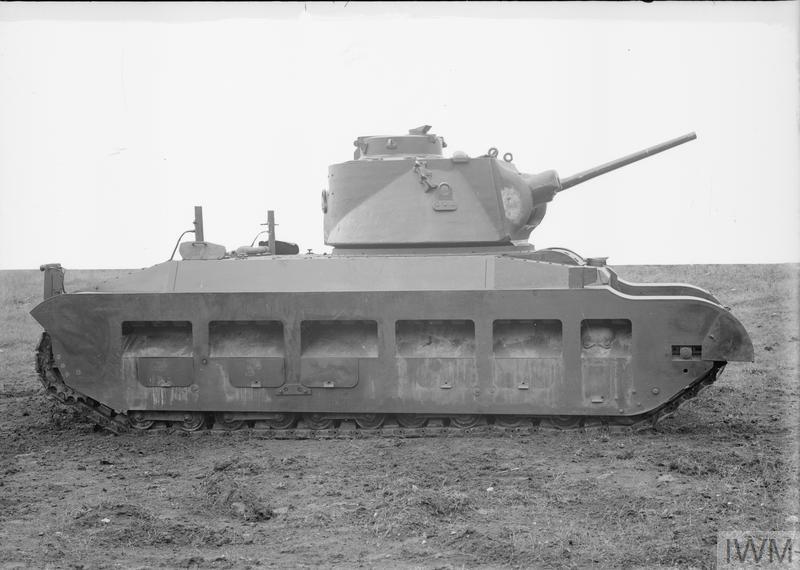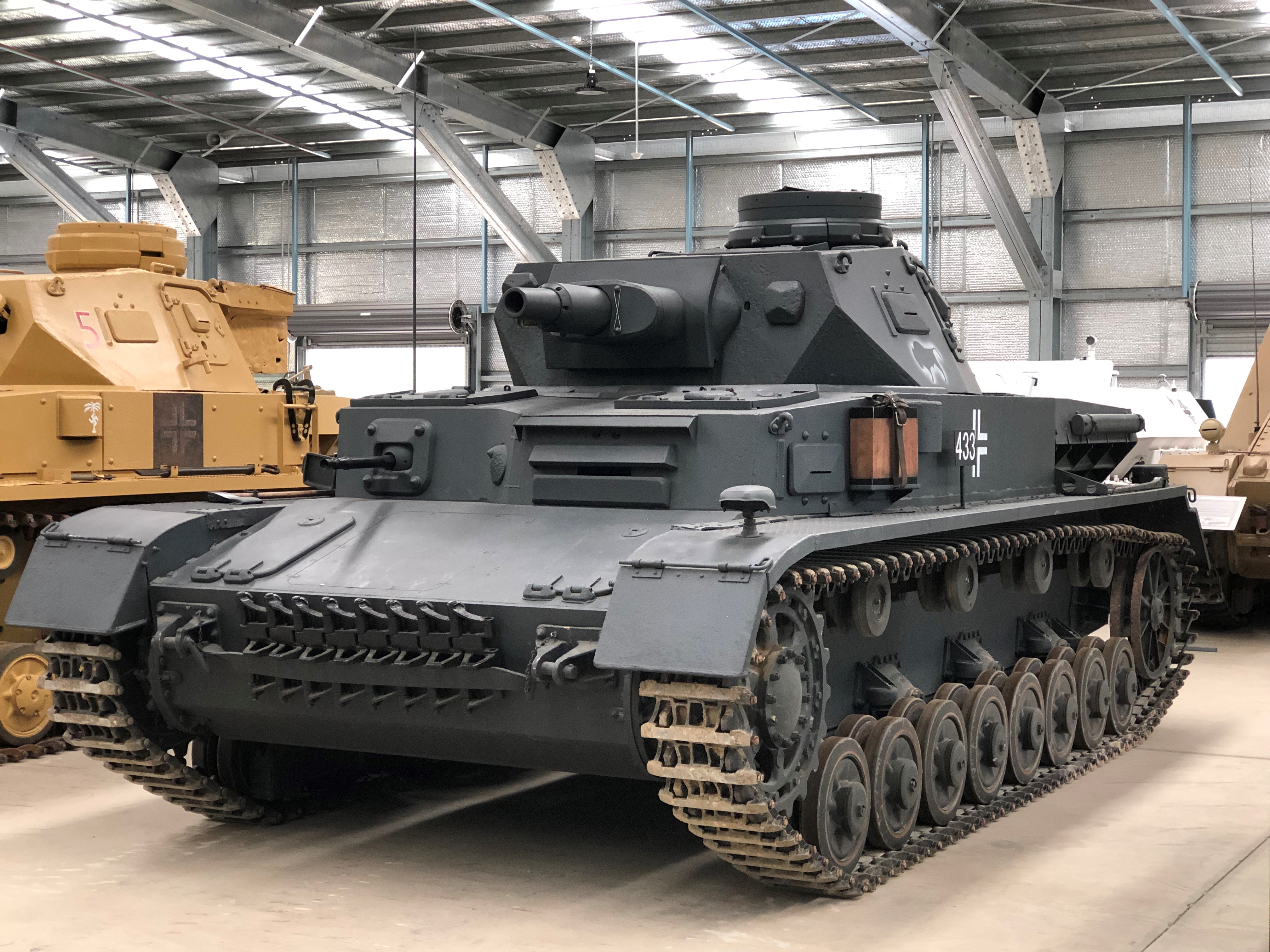|
Royal Australian Armoured Corps Memorial And Army Tank Museum
The Royal Australian Armoured Corps Memorial and Army Tank Museum is located at Puckapunyal, an Australian Army training facility and base 10 km west of Seymour, in central Victoria, south-eastern Australia. The base is the home of the Royal Australian Armoured Corps. Collection The museum features over 80 armoured fighting vehicles on outdoor and indoor display, and uniforms, weapons, medals, artefacts and memorabilia of the Royal Australian Armoured Corps and its predecessor cavalry units. Gallery File:Puckapunyal-Vickers-Medium-MkII-1.jpg, Vickers Medium Tank Mk II (Special) File:Puckapunyal-Vickers-Light-MkVIA-2.jpg, Vickers Mk VIA light tank Image:Puckapunyal Matilda Tank DSC01931.JPG, A Matilda II tank Image:AC1 Sentinel 8030.jpg, The AC1 Sentinel tank File:Puckapunyal-Yeramba-1.jpg, Yeramba Self-propelled Gun Image:Puckapunyal-Rover-LAC-2.jpg, Rover Light Armoured Car File:Puckapunyal-Churchill-Crocodile-2.jpg, Infantry Tank Mk IV Churchill in "Crocodile" flam ... [...More Info...] [...Related Items...] OR: [Wikipedia] [Google] [Baidu] |
Victoria (Australia)
Victoria is a state in southeastern Australia. It is the second-smallest state with a land area of , the second most populated state (after New South Wales) with a population of over 6.5 million, and the most densely populated state in Australia (28 per km2). Victoria is bordered by New South Wales to the north and South Australia to the west, and is bounded by the Bass Strait to the south (with the exception of a small land border with Tasmania located along Boundary Islet), the Great Australian Bight portion of the Southern Ocean to the southwest, and the Tasman Sea (a marginal sea of the South Pacific Ocean) to the southeast. The state encompasses a range of climates and geographical features from its temperate coastal and central regions to the Victorian Alps in the northeast and the semi-arid north-west. The majority of the Victorian population is concentrated in the central-south area surrounding Port Phillip Bay, and in particular within the metropolit ... [...More Info...] [...Related Items...] OR: [Wikipedia] [Google] [Baidu] |
Australia
Australia, officially the Commonwealth of Australia, is a Sovereign state, sovereign country comprising the mainland of the Australia (continent), Australian continent, the island of Tasmania, and numerous List of islands of Australia, smaller islands. With an area of , Australia is the largest country by area in Oceania and the world's List of countries and dependencies by area, sixth-largest country. Australia is the oldest, flattest, and driest inhabited continent, with the least fertile soils. It is a Megadiverse countries, megadiverse country, and its size gives it a wide variety of landscapes and climates, with Deserts of Australia, deserts in the centre, tropical Forests of Australia, rainforests in the north-east, and List of mountains in Australia, mountain ranges in the south-east. The ancestors of Aboriginal Australians began arriving from south east Asia approximately Early human migrations#Nearby Oceania, 65,000 years ago, during the Last Glacial Period, last i ... [...More Info...] [...Related Items...] OR: [Wikipedia] [Google] [Baidu] |
Puckapunyal
Puckapunyal (more formally the Puckapunyal Military Area, but also known as the Puckapunyal Camp or Puckapunyal Army Base, and colloquially as "Pucka") is an Australian Army training facility and base 10 km west of Seymour, in central Victoria, south-eastern Australia.Dennis et al. (eds.), ''The Oxford Companion to Australian Military History'', p. 435 Description Puckapunyal is a small restricted-access town inhabited mainly by about 280 families of the Australian Defence Force community, with an associated area of about 400 km2 of bushland and former pasture used for field training exercises. It is home to the Australian Army's School of Armour, the School of Artillery and the School of Transport, along with the Combined Arms Training Centre, the Joint Logistics Unit, and two transport squadrons. The Royal Australian Armoured Corps Memorial and Army Tank Museum is on the base's grounds, and the facilities are used by the Victorian Australian Army Cadets Brigade. ... [...More Info...] [...Related Items...] OR: [Wikipedia] [Google] [Baidu] |
Australian Army
The Australian Army is the principal Army, land warfare force of Australia, a part of the Australian Defence Force (ADF) along with the Royal Australian Navy and the Royal Australian Air Force. The Army is commanded by the Chief of Army (Australia), Chief of Army (CA), who is subordinate to the Chief of the Defence Force (Australia), Chief of the Defence Force (CDF) who commands the ADF. The CA is also directly responsible to the Minister of Defence (Australia), Minister for Defence, with the Department of Defence (Australia), Department of Defence administering the ADF and the Army. Formed in 1901, as the Commonwealth Military Forces, through the amalgamation of the colonial forces of Australia following the Federation of Australia. Although Australian soldiers have been involved in a number of minor and major conflicts throughout Australia's history, only during the Second World War has Australian territory come under direct attack. The Australian Army was initially composed a ... [...More Info...] [...Related Items...] OR: [Wikipedia] [Google] [Baidu] |
Seymour, Victoria
Seymour () is a historic railway township located in the Southern end of the Goulburn Valley in the Shire of Mitchell, Victoria, Australia and is located north of Melbourne. At the , Seymour had a population of 6,569. The township services the surrounding agricultural industries (primarily equine, cattle, sheep and wine) as well as the nearby military base of Puckapunyal (population 1,176), which is an important training centre for the Australian Army. Other important sectors of employment in Seymour include retail, light engineering, agricultural services support, medical services, and education. History The Taungurung people are the traditional owners and inhabitants of the area Seymour now occupies. Specifically, it is the land of the Buthera Balug clan who occupied the area when Europeans first settled the region in the early 1800s. In 1824, Hume and Hovell on their return from Port Phillip, camped by the Goulburn River not far upstream of Seymour. In 1836 Major Thomas Mi ... [...More Info...] [...Related Items...] OR: [Wikipedia] [Google] [Baidu] |
Royal Australian Armoured Corps
The Royal Australian Armoured Corps (RAAC) is a corps of the Australian Army which provides the Australian Defence Force's armour capability. Armour combines firepower, mobility, protection and networked situational awareness to generate shock action and overmatch in close combat. Armour is an essential element of the combined arms approach that is employed by the Australian Army. The RAAC has its origins in the Australian Tank Corps, which was formed in 1928. The Australian Armoured Corps was formed on 9 July 1941 to administer those personnel whose primary function is to operate, instruct or manage Army's Armoured Fighting Vehicles (AFV). As a result of the increasing mechanisation of the Army, the Armoured Corps absorbed the Australian Light Horse, Australia's Cavalry of World War One fame, on 8 May 1942. The Armoured Corps was granted the 'Royal' prefix in 1948 in recognition of its service during the Second World War. Today the RAAC provides administrative support to its ... [...More Info...] [...Related Items...] OR: [Wikipedia] [Google] [Baidu] |
Armoured Fighting Vehicles
An armoured fighting vehicle (AFV) is an armed combat vehicle protected by armour, generally combining operational mobility with offensive and defensive capabilities. AFVs can be wheeled or tracked. Examples of AFVs are tanks, armoured cars, assault guns, self-propelled guns, infantry fighting vehicles, and armoured personnel carriers. Armoured fighting vehicles are classified according to their characteristics and intended role on the battlefield. The classifications are not absolute; two countries may classify the same vehicle differently, and the criteria change over time. For example, relatively lightly armed armoured personnel carriers were largely superseded by infantry fighting vehicles with much heavier armament in a similar role. Successful designs are often adapted to a wide variety of applications. For example, the MOWAG Piranha, originally designed as an APC, has been adapted to fill numerous roles such as a mortar carrier, infantry fighting vehicle, and a ... [...More Info...] [...Related Items...] OR: [Wikipedia] [Google] [Baidu] |
Matilda II
The Infantry Tank Mark II, best known as the Matilda, was a British infantry tank of the Second World War.Jentz, p. 11. The design began as the A12 specification in 1936, as a gun-armed counterpart to the first British infantry tank, the machine gun armed, two-man A11 Infantry Tank Mark I. The Mark I was also known as Matilda, and the larger A12 was initially known as the Matilda II or Matilda senior. The Mark I was abandoned in 1940, and from then on the A12 was almost always known simply as "the Matilda". With its heavy armour, the Matilda II was an excellent infantry support tank but with somewhat limited speed and armament. It was the only British tank to serve from the start of the war to its end, although it is particularly associated with the North Africa Campaign. Only two were available for service by the outbreak of the World War II in 1939. It was replaced in front-line service by the lighter and less costly Infantry Tank Mk III Valentine beginning in late 1941. D ... [...More Info...] [...Related Items...] OR: [Wikipedia] [Google] [Baidu] |
Infanterikanonvagn 91
The Infanterikanonvagn 91 ("infantry cannon wagon 91"), Ikv 91, was a high mobility assault gun that was developed to meet the operational requirements of the Swedish Army. It was designed and manufactured by Hägglund and Söner (now Hägglunds Vehicle AB) and employed common components with the Pbv 302 armoured personnel carrier series. The first prototypes of the Ikv 91 were completed in 1969 with production running from 1975 until 1978. The total numbers manufactured were 212. The number 91 in the name means that it was the first armored vehicle in the Swedish armed forces to feature a cannon in the 9 cm caliber category (91 = 9 cm gun, 1st vehicle in category). Design The layout of the Ikv 91 is similar to a large light tank. The Ikv 91 is divided into three main compartments, the driver's station in the forward left hull, the fighting compartment located in the vehicle's midsection, and an engine compartment in the rear hull. Armament The main armament consisted of a Bofo ... [...More Info...] [...Related Items...] OR: [Wikipedia] [Google] [Baidu] |
The Australian Armour And Artillery Museum
The Australian Armour and Artillery Museum is a privately owned museum dedicated to tanks, armoured vehicles and artillery from the Second World War and post war periods. It was officially opened in 2014, in Cairns, Queensland, Australia. The museum has purchased a number of vehicles and items for display from overseas, including some items from the Littlefield Collection when it was downsized. It is the largest collection of military vehicles in Australia, and the only major collection of vehicles in Australia apart from the Royal Australian Armoured Corps Memorial and Army Tank Museum at Puckapunyal. It is one of the largest private collections of artillery and AFVs in the world. The museum houses vehicles from a number of overseas manufacturers, including vehicles from Russia, Germany, Japan, the UK, the US and Czechoslovakia. Collection The museum houses artillery dating back to World War I and vehicles from World War II and the post war period. All up the collecti ... [...More Info...] [...Related Items...] OR: [Wikipedia] [Google] [Baidu] |
Tank Museums
A tank is an armoured fighting vehicle intended as a primary offensive weapon in front-line ground combat. Tank designs are a balance of heavy firepower, strong armour, and good battlefield mobility provided by tracks and a powerful engine; usually their main armament is mounted in a turret. They are a mainstay of modern 20th and 21st century ground forces and a key part of combined arms combat. Modern tanks are versatile mobile land weapons platforms whose main armament is a large- caliber tank gun mounted in a rotating gun turret, supplemented by machine guns or other ranged weapons such as anti-tank guided missiles or rocket launchers. They have heavy vehicle armour which provides protection for the crew, the vehicle's munition storage, fuel tank and propulsion systems. The use of tracks rather than wheels provides improved operational mobility which allows the tank to overcome rugged terrain and adverse conditions such as mud and ice/snow better than wheeled vehicl ... [...More Info...] [...Related Items...] OR: [Wikipedia] [Google] [Baidu] |
Military And War Museums In Australia
A military, also known collectively as armed forces, is a heavily armed, highly organized force primarily intended for warfare. It is typically authorized and maintained by a sovereign state, with its members identifiable by their distinct military uniform. It may consist of one or more military branches such as an army, navy, air force, space force, marines, or coast guard. The main task of the military is usually defined as defence of the state and its interests against external armed threats. In broad usage, the terms ''armed forces'' and ''military'' are often treated as synonymous, although in technical usage a distinction is sometimes made in which a country's armed forces may include both its military and other paramilitary forces. There are various forms of irregular military forces, not belonging to a recognized state; though they share many attributes with regular military forces, they are less often referred to as simply ''military''. A nation's military may f ... [...More Info...] [...Related Items...] OR: [Wikipedia] [Google] [Baidu] |






